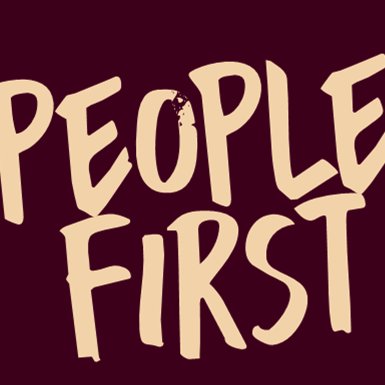From Tracking to Learning: Turning Data Into Organizational Intelligence
Tracking studies are among the most valuable tools a business can have, but the word “tracking” undersells their potential.
2 min read
 Bovitz
Oct 30, 2025 8:45:56 AM
Bovitz
Oct 30, 2025 8:45:56 AM

Tracking studies are among the most valuable tools a business can have, but the word “tracking” undersells their potential.
It suggests something flat: charts inching upward, numbers shifting slightly quarter to quarter. Useful, but not transformative. The best trackers shouldn’t just measure what’s happening in a vacuum; they should integrate a holistic set of data, explain why it’s happening, and guide what to do next.
It’s time to move from tracking to learning, from static measurement to an organizational learning system that helps organizations think, adapt, and decide.
1. Integration Without Silos
Many trackers operate in isolation. They monitor brand health but ignore social sentiment, shopper behavior, or sales performance. That means they can describe what is changing, but not why it is happening or how it connects to business outcomes.
A modern system connects multiple streams of information, including brand tracking, customer feedback, cultural trends, and business metrics, to reveal relationships that single datasets can’t. When integrated, data becomes intelligence. It stops describing the past and starts shaping the future.
2. Make It Usable or It Won’t Get Used
Even the most sophisticated tracker fails if no one uses it. Dashboards can become data graveyards; technically sound, rarely opened.
Usability changes that. Insights must be understandable and actionable, brought to life visually. Dashboards should highlight key shifts, flag implications, and tell the story behind the numbers. Communication should also go beyond dashboards: short “insight unboxings,” storytelling videos, and other creative updates make data part of everyday conversation.
If you want people to use the data, make it accessible and meaningful. Information only matters when people can understand it, share it, and act on it.
3. Tie It to Strategy, Culture, and Performance
Tracking means little without connection to strategy. Data must reflect what the organization is trying to achieve, as well as the market and cultural forces shaping it.
When aligned with strategic priorities, trackers do more than measure; they drive progress. They reveal early signals, inform decisions, and show how brand strength links to business performance.
Just as importantly, they should connect to how a company manages change and performance. The best tracking systems become part of the organization’s rhythm, helping leaders align on goals, measure momentum, and keep teams accountable to both learning and action.
How Trackers Drive Real Decisions
How Bovitz Gets It Right
If you are ready to turn your tracking program into an organizational learning system, Bovitz can help you make it happen. Let’s build what’s next, together.

Tracking studies are among the most valuable tools a business can have, but the word “tracking” undersells their potential.

There is no shortage of brand philosophies and frameworks -- some grounded in evidence, others not. At Bovitz, analytics and insights are in our...